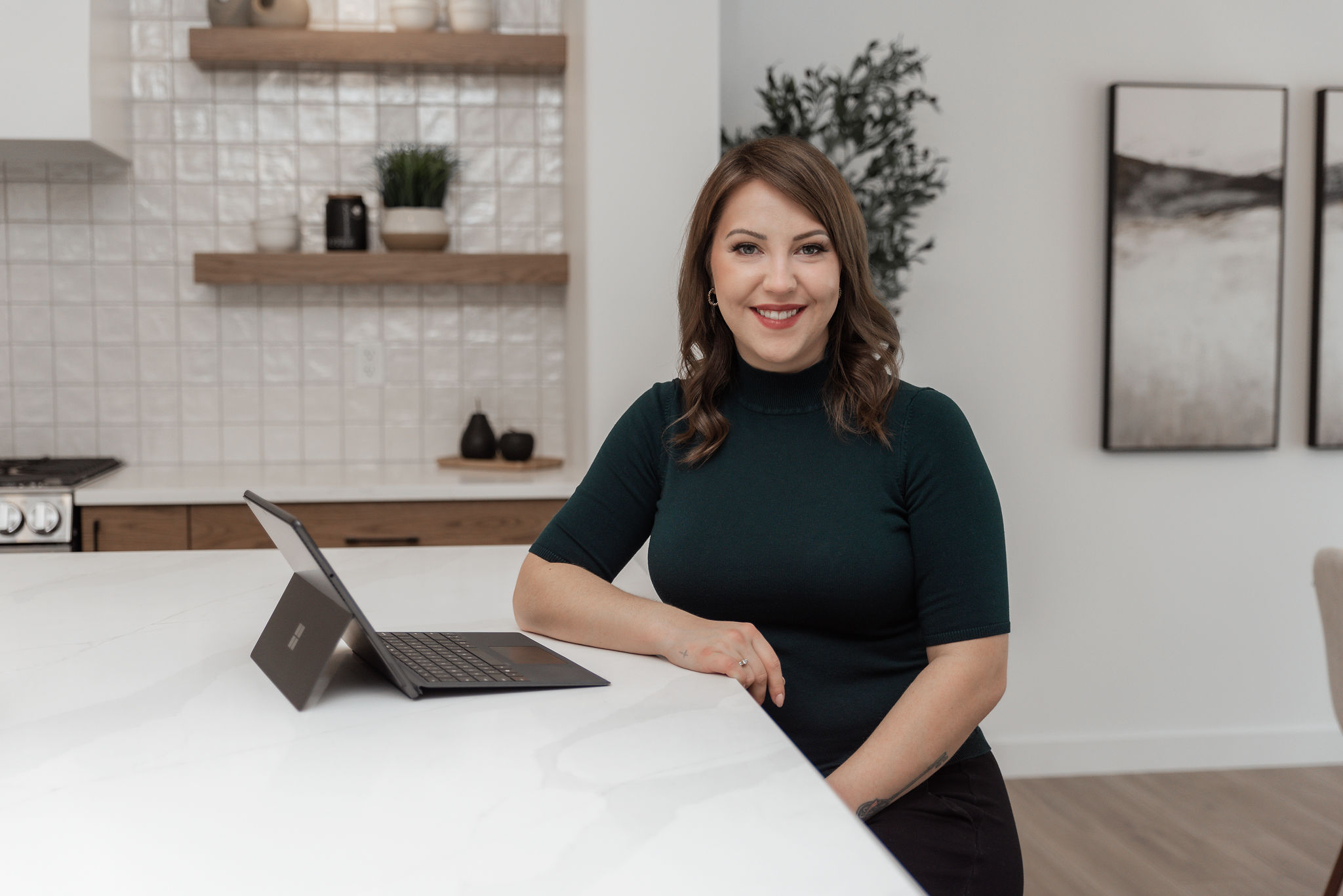Owning rental properties is one of the most powerful ways to build long-term wealth — but it also comes with responsibilities. Whether you own one unit or a full rental portfolio, staying compliant with Alberta’s Residential Tenancies Act (RTA) is essential. Beyond the legal side, being proactive with maintenance and communication will help you attract better-quality tenants and protect your investment for years to come.
Here are the key things every Alberta landlord should keep in mind:
1. Smoke & Carbon Monoxide Alarms Must Be Up-to-Date
This isn’t optional. Alberta requires working smoke alarms on every level of the home, and in many cases, CO alarms near sleeping areas or fuel-burning appliances.
✔ Test them every 6 months ✔ Replace batteries regularly ✔ Keep proof that they’re installed and maintained ✔ Replace the whole unit every 7–10 years
Proper alarms aren’t just a safety requirement — they reduce liability and protect your investment if anything ever happens.
2. Security Deposits Must Be Held in a Trust Account
In Alberta, security deposits:
✔ Cannot exceed one month’s rent ✔ Must be held in a separate interest-bearing trust account ✔ Must accumulate interest at the government-set rate (see rates on Service Alberta website) ✔ Require a statement of deposit interest when refunded
Failing to handle deposits correctly is one of the fastest ways to get into legal trouble as a landlord. Maintaining a proper trust account keeps you compliant and protects you during disputes.
3. Document Everything — Before, During, and After Tenancy
Good documentation saves landlords thousands of dollars. Always:
✔ Complete written move-in and move-out inspection reports ✔ Include dated photos and videos ✔ Keep written copies of all communication ✔ Keep lease agreements, addendums, notices, and receipts organized
If a dispute ever arises, your documentation is your insurance.
4. Use a Strong, Legally Compliant Lease Agreement
Your lease should include:
-Names of all occupants & landlord/owner info -Rent amount, where/how it’s payable, rent due dates, and late-fee structure -Rules around smoking, pets, parking, and noise -Responsibilities for lawn care, snow removal, and utilities -Clear expectations for damage vs. wear & tear
A vague lease causes confusion. A detailed lease protects both parties.
5. Stay on Top of Regular Maintenance
Deferred maintenance always becomes more expensive later.
Create a schedule to check:
✔ Furnace & HVAC filters ✔ Smoke/CO alarms ✔ Water leaks (under sinks, around toilets, basements) ✔ Shingles, eavestroughs & downspouts ✔ Appliances ✔ Exterior grading & drainage ✔ Caulking around tubs/windows
This protects your property from major issues and keeps tenants longer.
6. Understand Your Notice Periods
Alberta has specific rules around notice for:
Rent increases (3 full months for periodic tenancies) Entry into the property (24 hours written notice except emergency) Ending a tenancy Evictions
Using incorrect notice can delay the process or invalidate your case entirely.
7. Keep Up With Insurance Requirements
Landlord insurance is different from homeowner insurance. Ensure you have:
✔ Rental-specific building coverage & Vandalism ✔ Liability coverage ✔ Loss-of-rent coverage ✔ Requirements that tenants carry renter’s insurance
One claim without proper coverage can cost more than a year of rent.
8. Treat Your Rental Like a Business
Successful landlords operate professionally:
✔ Keep financial records organized ✔ Track income/expenses for tax efficiency ✔ Respond to tenant concerns in a timely manner ✔ Maintain the property like a business asset
Professionalism reduces conflict — and attracts better tenants.
Final Thoughts
Being a landlord in Alberta can be extremely rewarding, but it comes with legal and safety responsibilities. When you stay organized, stay compliant, and stay proactive, you protect your investment and build a long-term, profitable rental property portfolio.
MELISSA MORIN Team Lead & REALTOR® @ CENTURY 21 MAXIMUM 403-318-5665
